
The biggest health technology conference in the country is now underway.

The biggest health technology conference in the country is now underway.
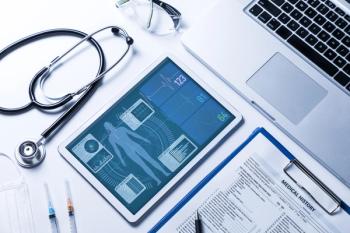
RPM has potential to reduce costs and workload, but reimbursement and ease of use obstacles remain
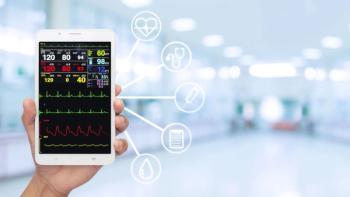
Technology can reduce health care costs, improve outcomes, improve practice efficiency
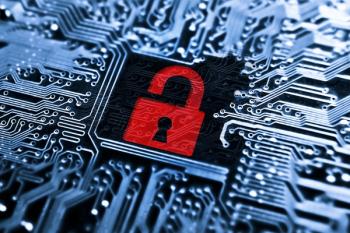
‘Extortion without encrypting files�’ is a growing risk to cybersecurity of medical computer networks.
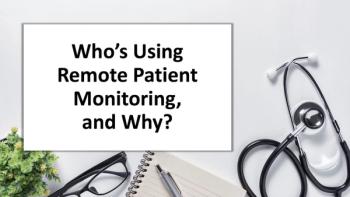
Internists have largest share of RPM claims; family doctors are third.

RPM use is on the rise — here’s how to choose the best system and take advantage of its many benefits

Misconceptions about billing, coverage and implementation are hampering technology's growth

Digital monitoring of patients for routine care may have more benefits than first thought.
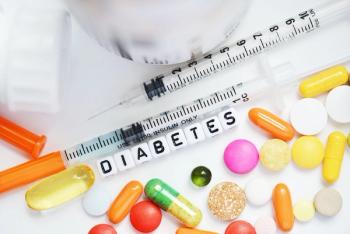
Older adults are interested in results, but technology needs to stick and be easy to use.
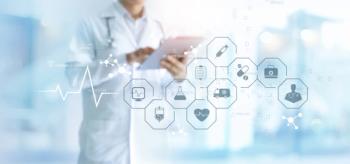
Actionable patient data lives in your digital engagement tools — use it!

Use technology instead of waiting for your population to reach chronic disease.
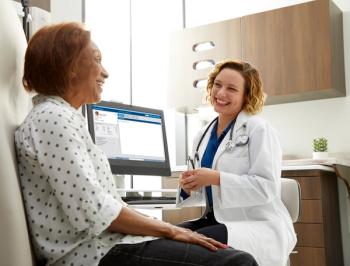
What you need to know about a remote patient monitoring program
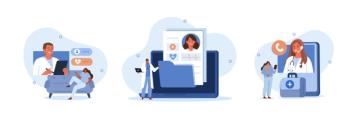
What we know so far about remote therapeutic monitoring, remote patient monitoring and preventive services.
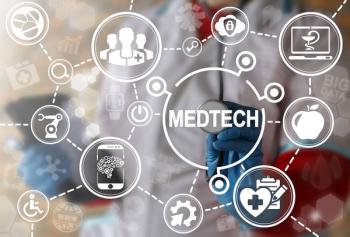
Primary care physicians need functional tools, not just flashy tech, to benefit their patients.
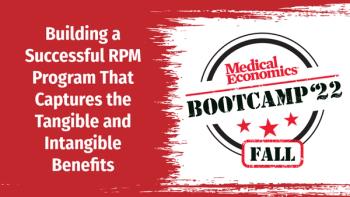
It’s more important than ever for practices to find additional revenue streams because costs are increasing with inflation.

The COVID-19 pandemic brought attention to issues such as patient access to care, and it accelerated existing technology and innovative options, including telemedicine and remote patient monitoring.
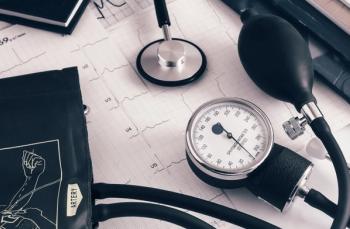
Understanding the different types of hypertension and leveraging remote patient monitoring can mean the right care intervention.
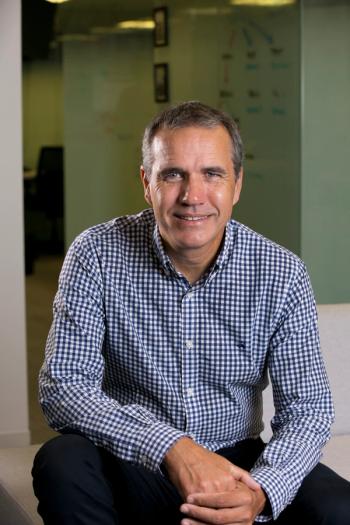
Looking for ways to increase the revenues of your small practice? RPM may be the answer
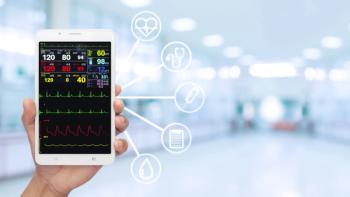

Monitoring patients remotely can generate over $150 per patient per month.

What you need to know about RPM before taking the plunge

As any competent clinician will tell you, having data is only one part of the equation. A clinician must also be able to intervene efficiently and effectively.
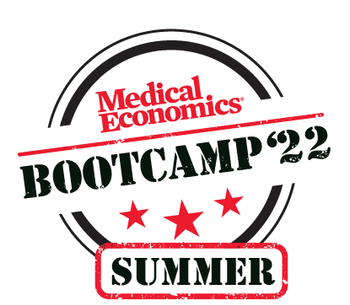
Check out the latest Physician Bootcamp content